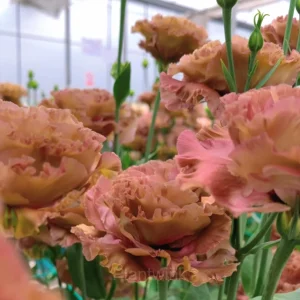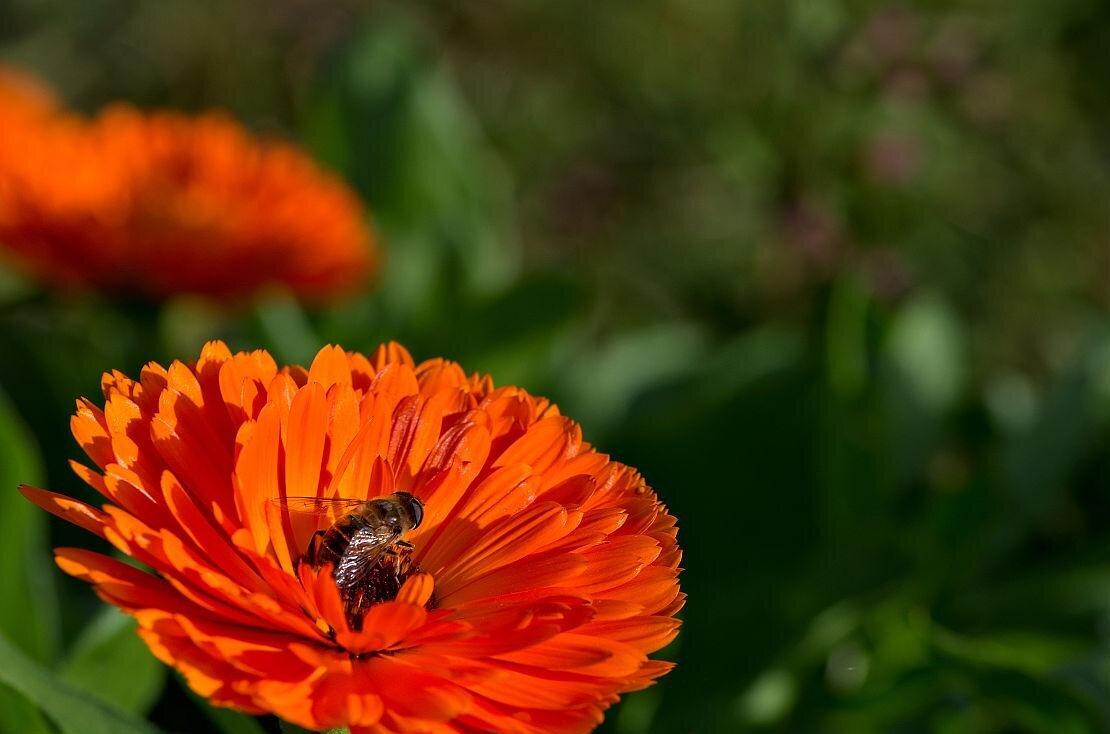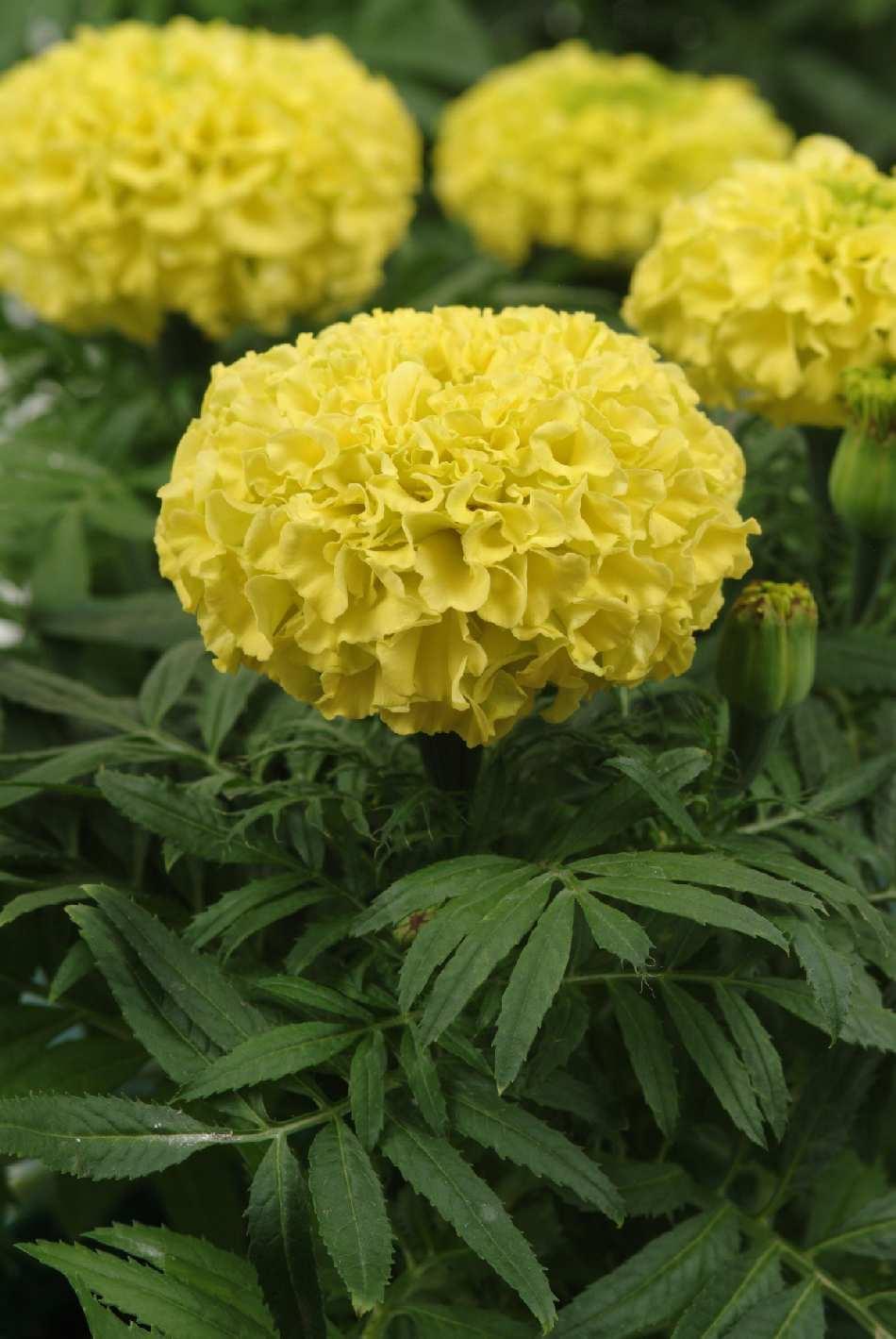Cunoniaceae is an interesting plant family with a fascinating story. It is believed to have evolved in the ancient supercontinent of Gondwana, which contained present-day South America, Africa, Australia, Antarctica, and parts of Asia. As Gondwana fragmented and drifted apart, Cunoniaceae dispersed across these continents. Today, the family is found in various parts of the world, including Australia, New Zealand, and South America.
The plants in this family have played important ecological roles, such as providing food and shelter for animals, and have been used in traditional medicine by indigenous communities. Despite being widely dispersed, they share several characteristics, such as having simple leaves with prominent veins and producing small, inconspicuous flowers.
The story of Cunoniaceae is a testament to the resilience and adaptability of plant species, and their ability to survive and thrive in changing environments over millions of years.
Picture
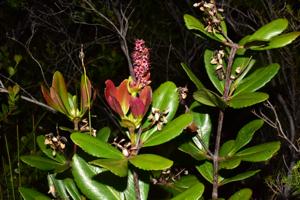
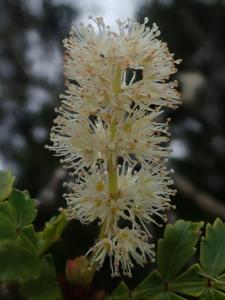
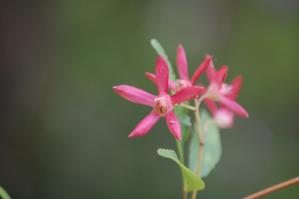
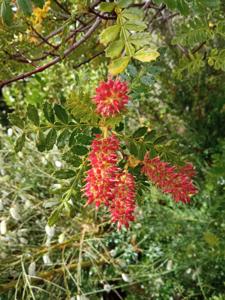
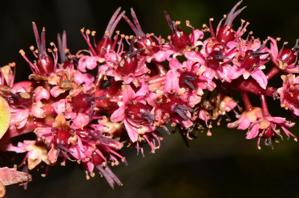
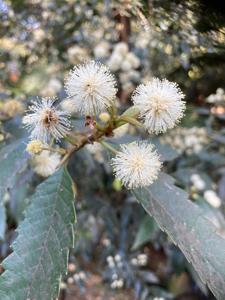
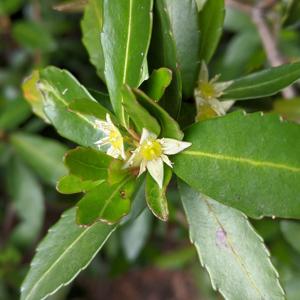
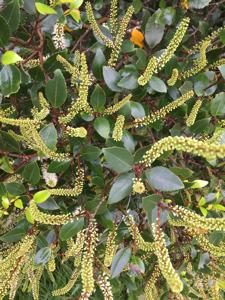
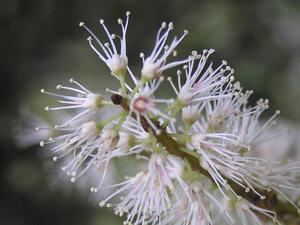
Plant some seeds now!
Short Description
Cunoniaceae is a family of 27 genera and about 335 species of woody plants in the order Oxalidales, mostly found in the tropical and wet temperate regions of the Southern Hemisphere.
The greatest diversity of genera are in Australia and Tasmania (15 genera), New Guinea (9 genera), and New Caledonia (7 genera). The family is also present in Central America, South America, the Caribbean, Malesia, the islands of the South Pacific, Madagascar and surrounding islands. the family is absent from mainland Asia except from Peninsular Malaysia, and almost absent from mainland Africa apart from two species from Southern Africa (Cunonia capensis, Platylophus trifoliatus). Several of the genera have remarkable disjunct ranges, found on more than one continent, e.g. Cunonia (Southern Africa & New Caledonia), Eucryphia (Australia & South America) Weinmannia (America and the Mascarenes).
The family includes trees and shrubs; most are evergreen but a few are deciduous. The leaves are opposite or whorled (alternate in Davidsonia), and simple or compound (pinnate or palmate), with entire or toothed margin, and often with conspicuous stipules (interpetiolar or intrapetiolar). The flowers have four or five (rarely three or up to ten) sepals and petals. The fruit is usually a woody capsule or a follicle containing several small seeds.
The family has a rich fossil record in Australia and fossil representatives are known in the Northern Hemisphere. Platydiscus peltatus was found in Upper Cretaceous rocks from Sweden and is likely a member of the Cunoniaceae. An earlier possible fossil member is from the Cenomanian. Tropidogyne, found in Burmese amber, has flowers that strongly resemble the extant Ceratopetalum.



